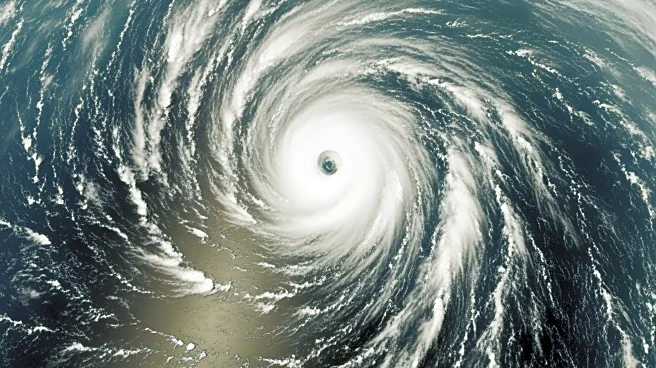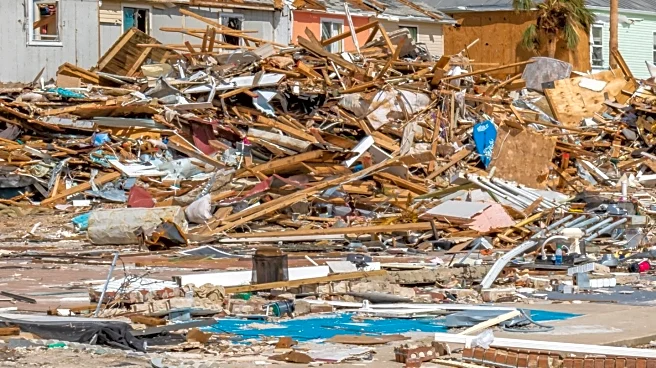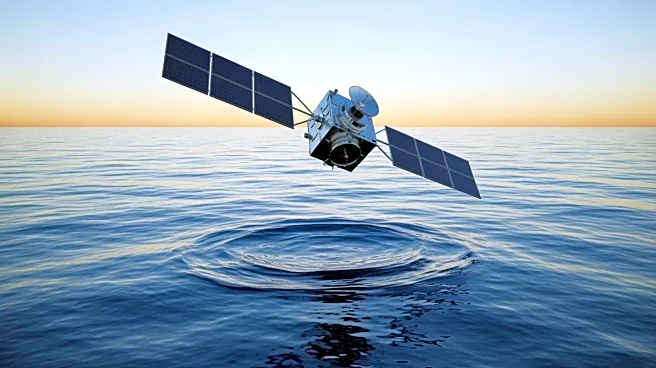What's Happening?
Hurricane Melissa, a Category 5 storm, recently struck Jamaica, causing significant destruction with winds exceeding 185 mph and heavy rainfall. The European Space Agency's Copernicus Sentinel-3 satellite
captured images of the storm, revealing the temperature differences that fuel such hurricanes. Scientists attribute the increasing intensity of hurricanes to human-driven global warming, which raises ocean temperatures and provides more energy for these storms. The Copernicus program uses Sentinel satellites to study coastal changes and ocean temperatures, providing crucial data for understanding and forecasting extreme weather events.
Why It's Important?
The data from Sentinel-3 is vital for understanding the dynamics of hurricanes and their increasing strength due to climate change. As ocean temperatures rise, hurricanes become more destructive, posing significant risks to coastal communities and infrastructure. This information is essential for improving forecasting, preparedness, and response strategies, helping mitigate the impacts of such natural disasters. The Copernicus program's insights into temperature differences in storms contribute to a broader understanding of climate change's effects on weather patterns.












